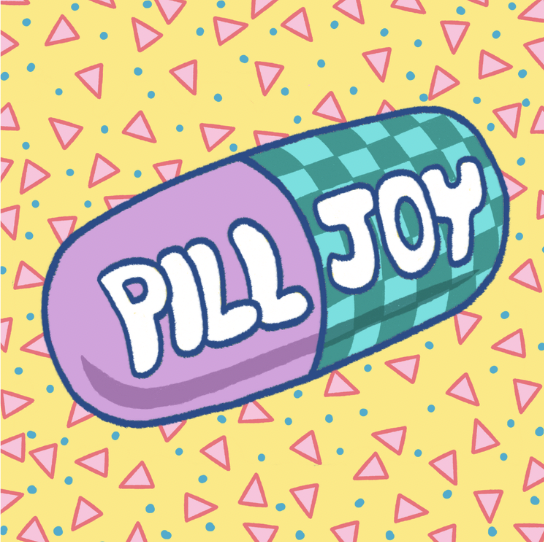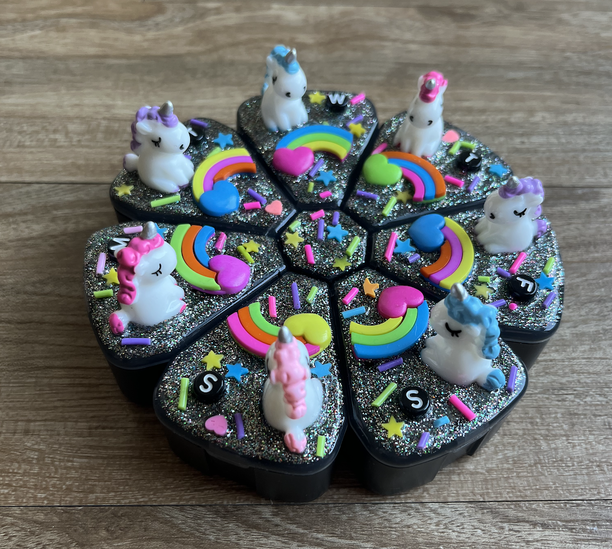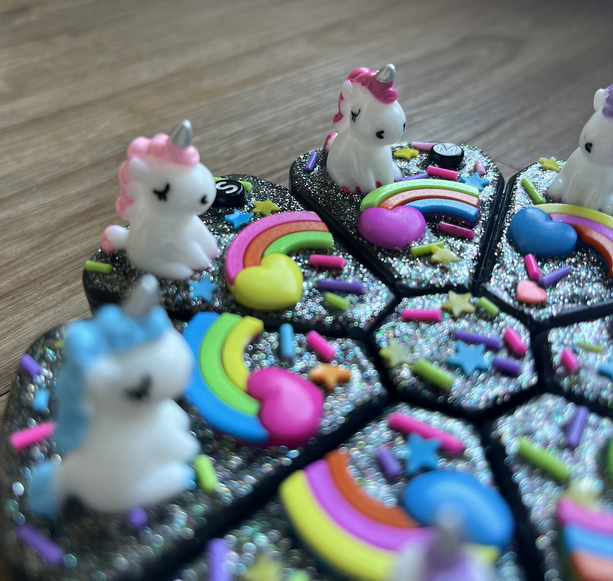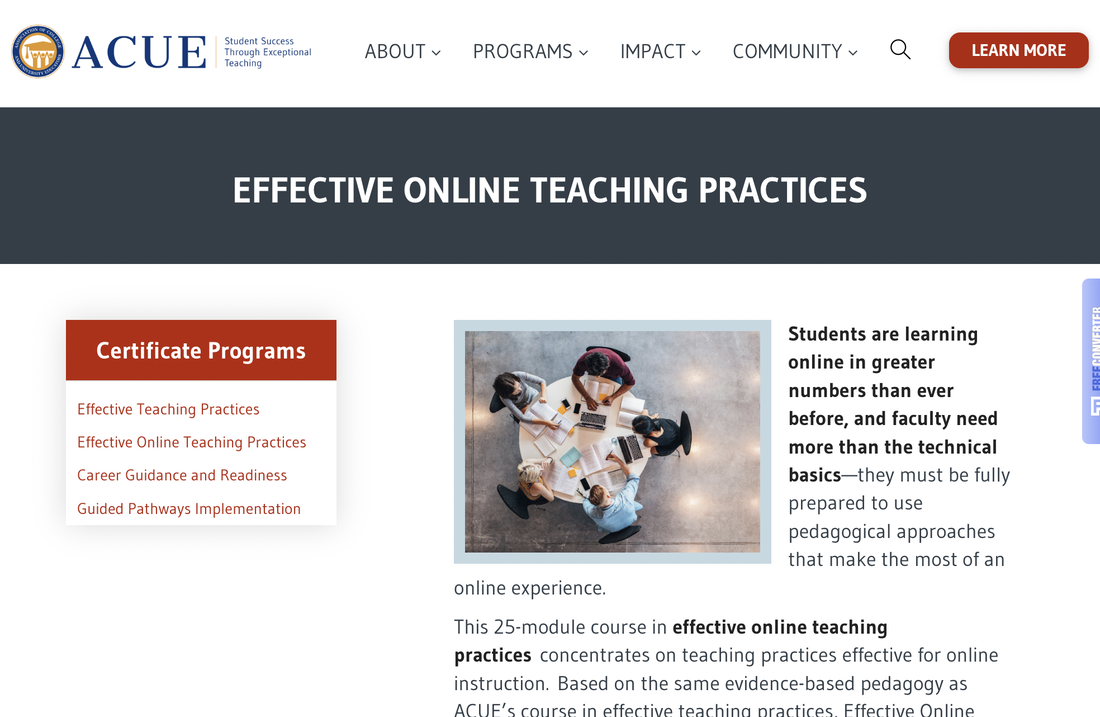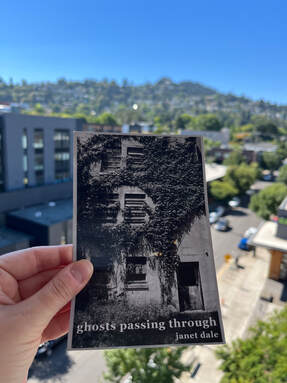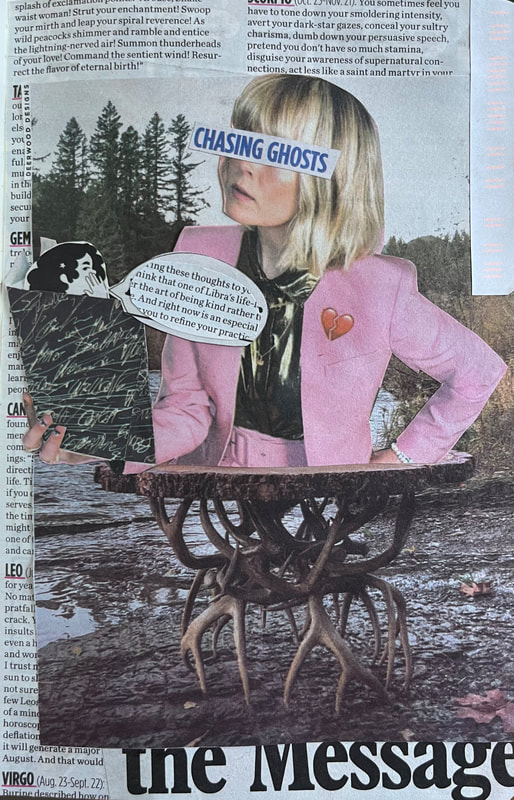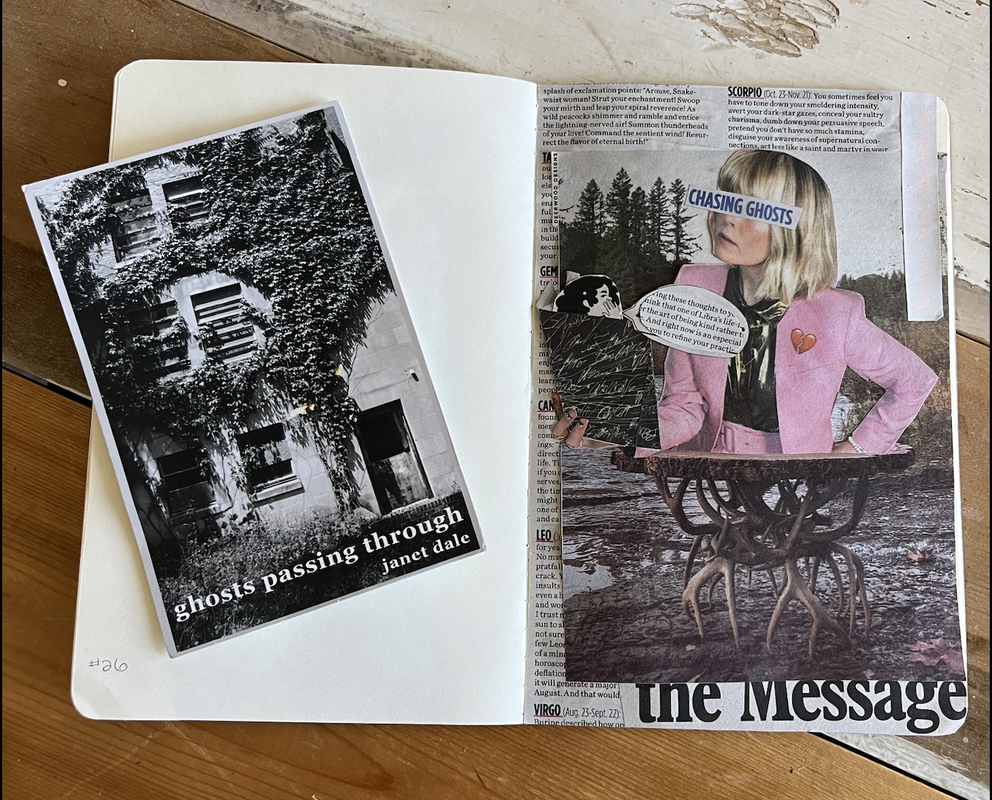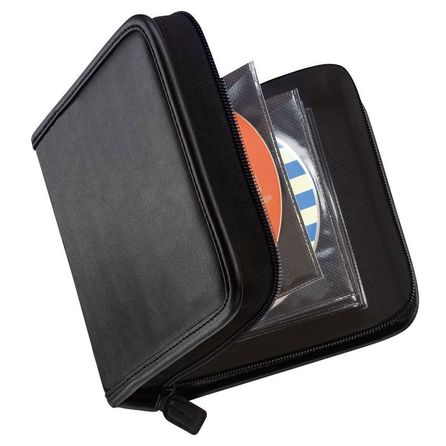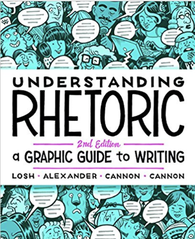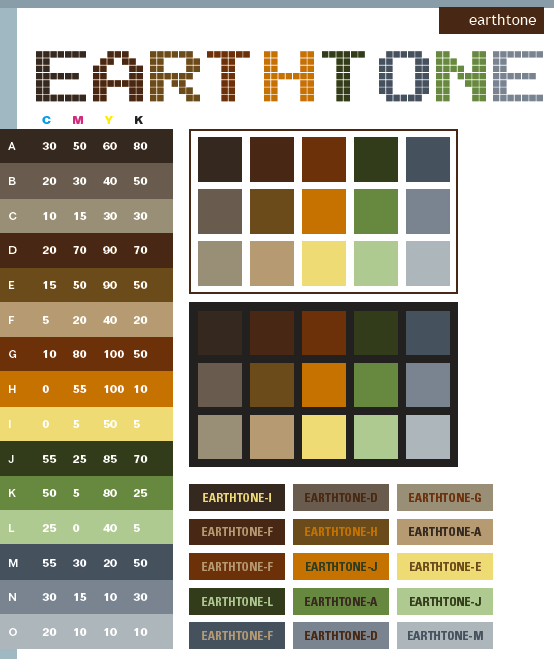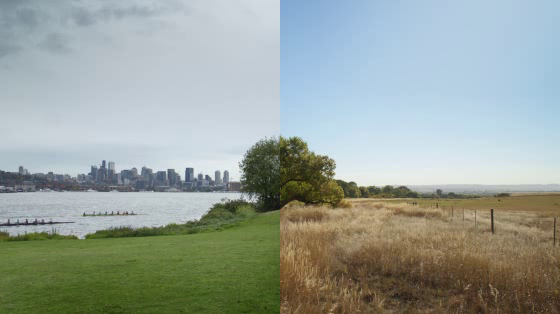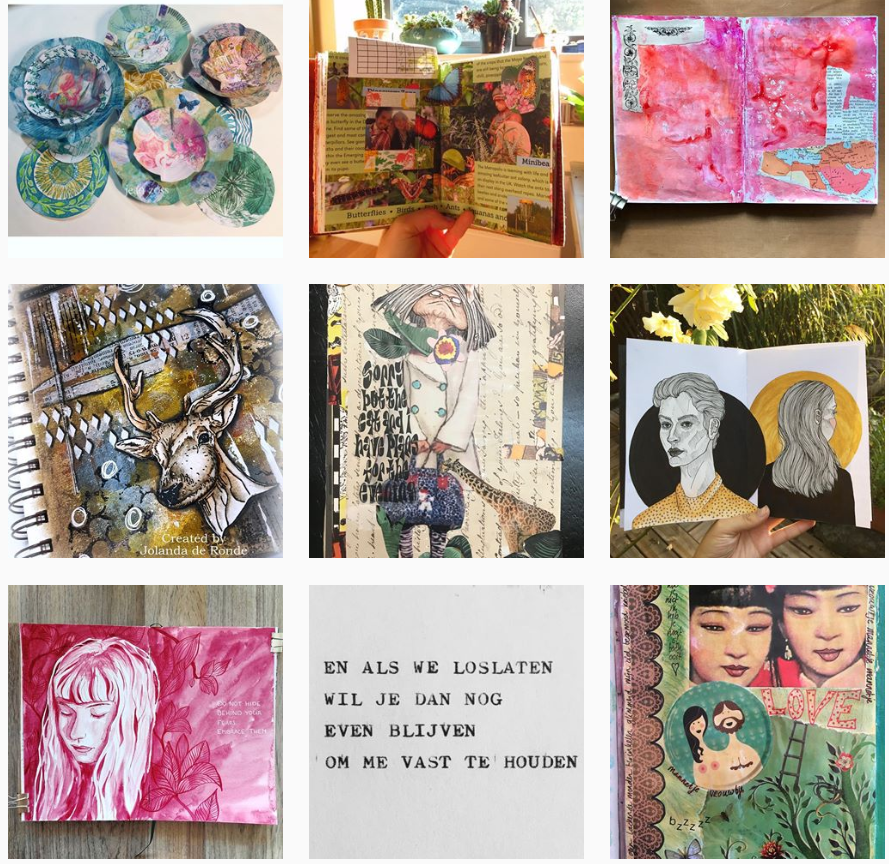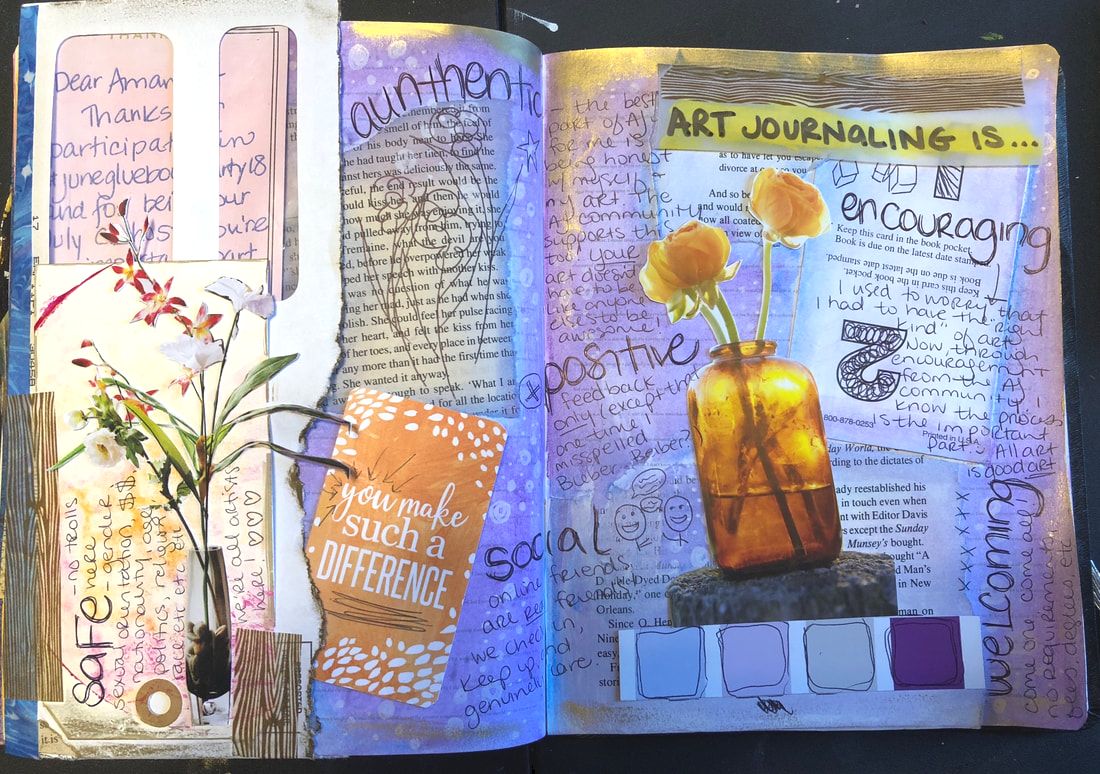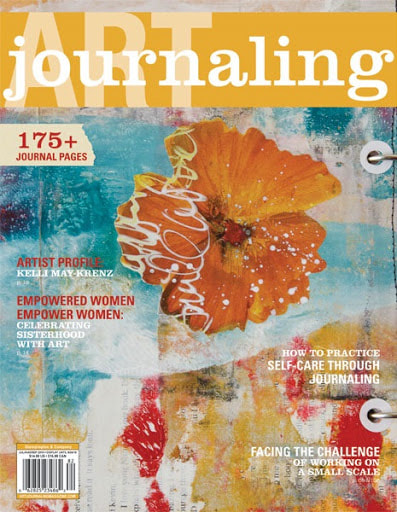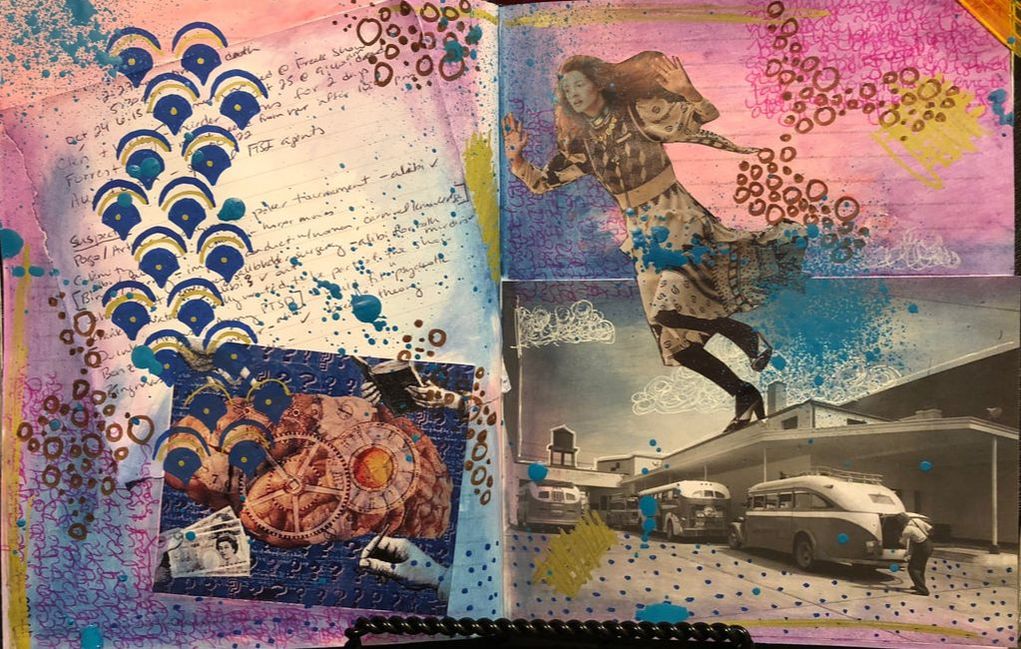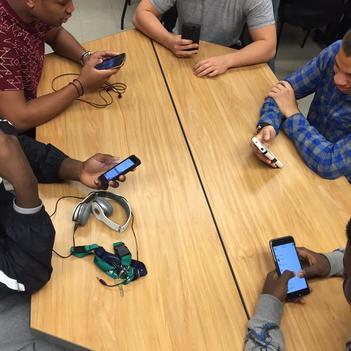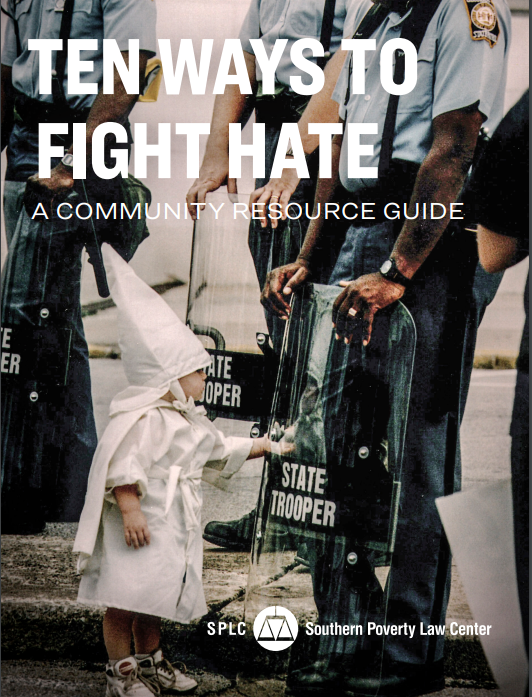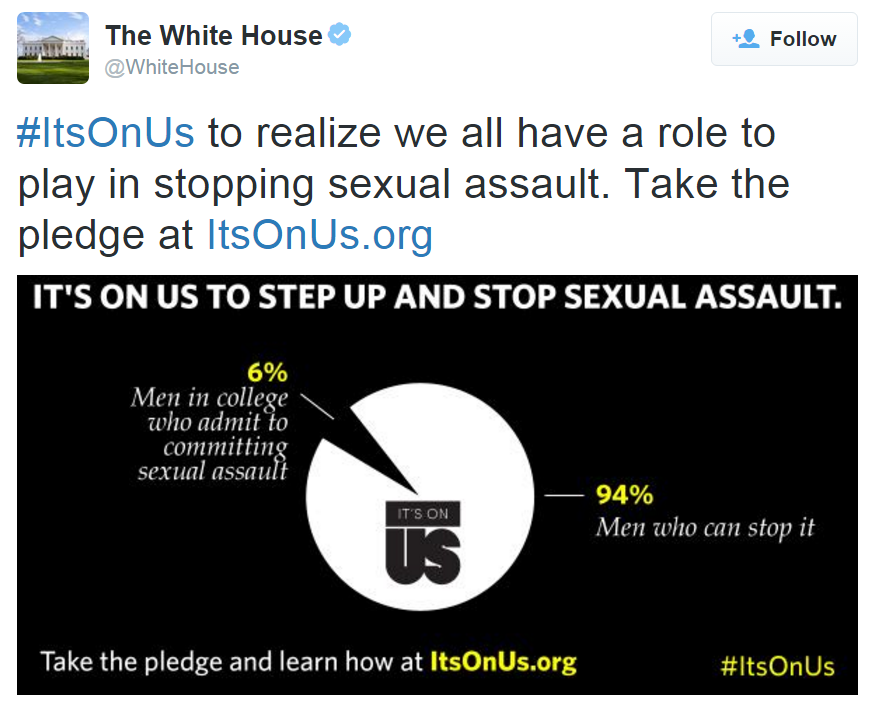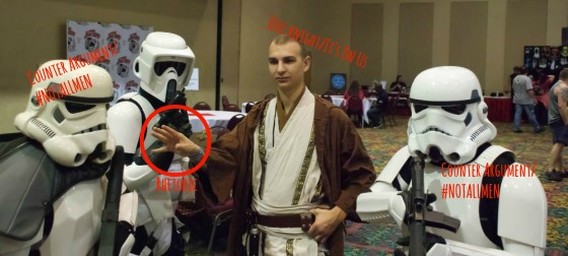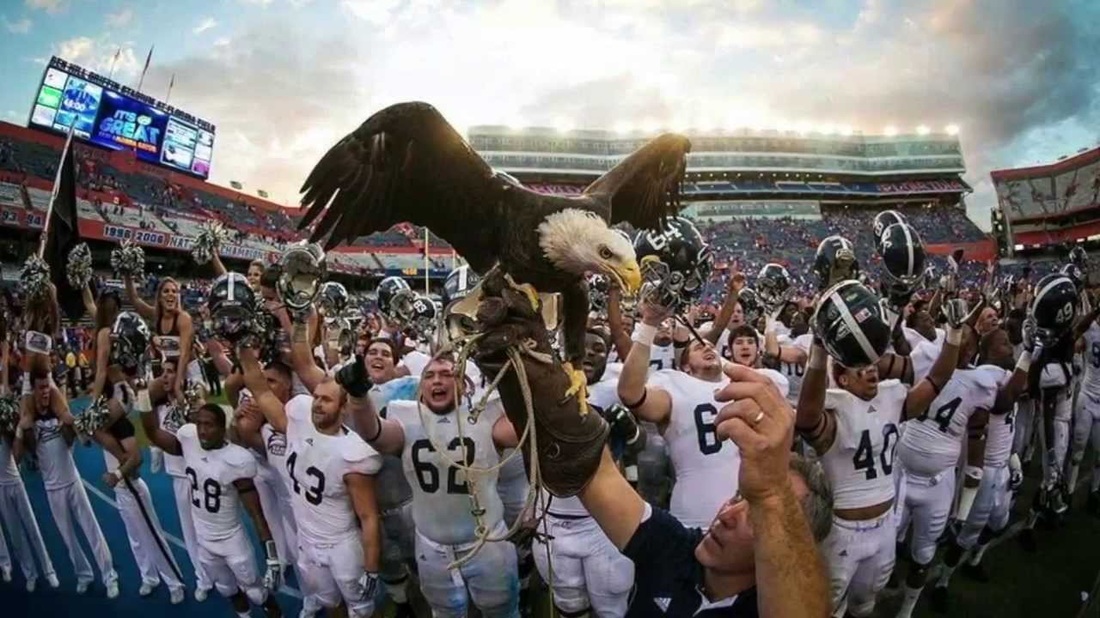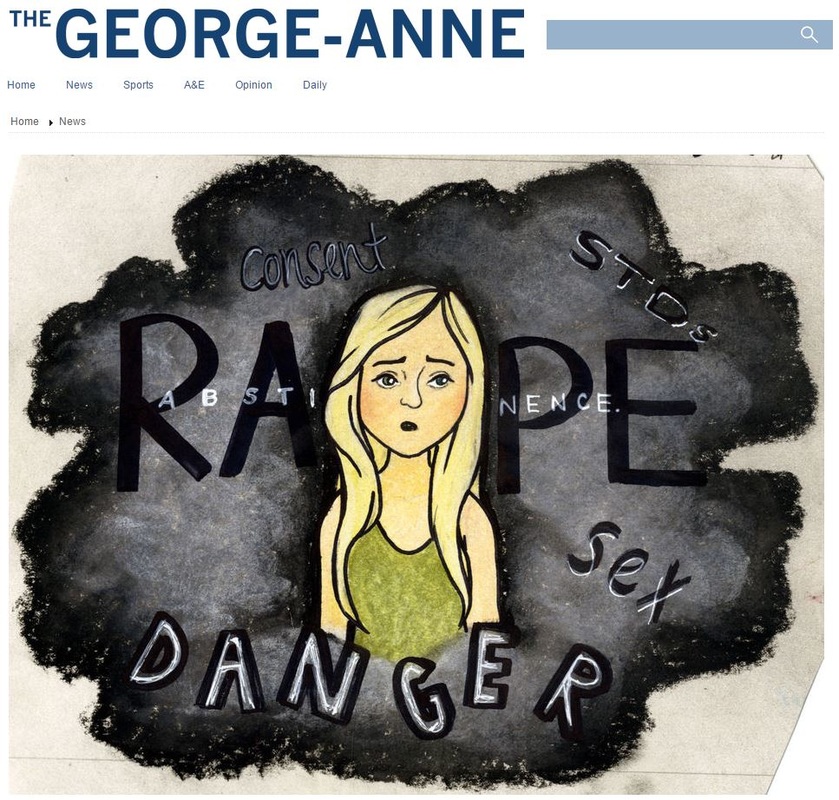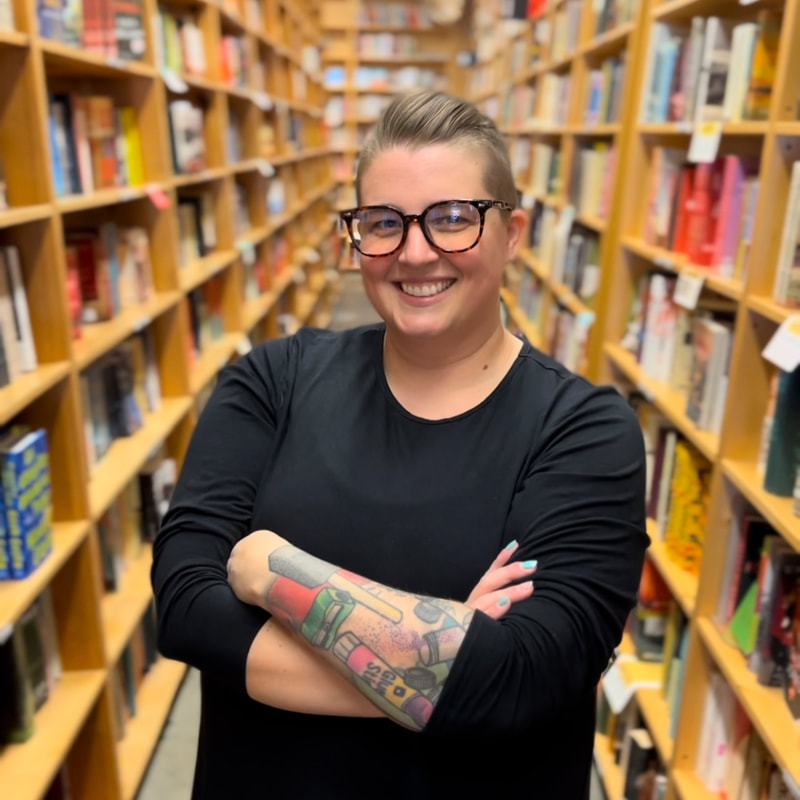|
Put down a finger if you take pills daily. Put down a finger if you sometimes forget to take those pills. Put down a finger if typical pill sorters remind you of hospital stays, your grandmother's kitchen counter, or the florescent lighting of a CVS. Put down a finger if you like fun things. Now throw that thumb towards the sky because I have some good news for you today in this Art Moment update! This month, I attended a workshop with Thredd, the creator of Pill Joy. Pill Joy sells cute, fun, colorful, magical, spooky-if-you're-into-that pill organizers they've made by hand. And when I tell you they are game changing... I mean, just look at them. These pill organizers start off as the basic ones you're used to but Thredd figured out how to get things to stick to their plastic exteriors. They experimented with all types of mediums before figuring out what works to adhere all kinds of "toppings" to the little compartments. Thredd started making these organizers for friends but then the business took off as more and more people wanted to brighten up this neglected corner of our healthcare. If you want to know more about Thredd's story of Pill Joy, check out this news segment they were recently featured on. This month, Thredd offered their first in-person workshop where they took a small group of us through the whole process of decorating our own pill organizers from boring to absolutely joyful. I was lucky enough to snag a seat since I've been following Pill Joy on instagram for a while now. I didn't take a single picture while I was there because I was so busy being present in the learning and sharing space Thredd created that night at Fat Fancy. But someone was taking pictures! And you can see me in some of the shots Thredd shared on their instagram of the event. But since these Art Moments posts are all about me being inspired by someone else to create more art, let me show you the pill organizer I made with Thredd's help in the workshop. I'm calling it the Unicorn Convention. Given the opportunity to select from Thredd's amazing collection of toppings, I went full Lisa Frank and chose rainbows, unicorns, sprinkles, and of course glitter. And let me tell you, I am obsessed with this pill organizer. Who wouldn't want to attend this party??? Getting to meet and work with Thredd, a fellow queer, disabled maker, has inspired me to look around at my daily habits and see what else could use some joy. If I've been overlooking my pill organizer this long, what else am I not seeing the potential in?
I'm going to keep thinking on this challenge rather than forcing an answer right away. For now, I'm just going to be grateful for Thredd's creativity in thinking this up and generosity in sharing it with us. Each time I smile at my pill organizer (seriously, who thought I'd be doing that ever), I'll try to remember that joy can be infused in the little, necessary, every day things too.
0 Comments
This is the first fall I didn't go back school in more than 30 years. *Insert record scratch here* I thought I was going to be telling you something surprising, but then the gravity of that sentence hit me. I've just broken a trend I've been sticking to for my entire adult life and most of my childhood! Let's get into it a little bit. My teaching career started in the last 2 years of my graduate degree when I accepted a teaching assistantship at the University of Maine. I was taking classes in Feminist Literary Criticism and teaching Composition to first year students, making a whopping $12,000 a year and getting my Master's tuition waived. After the first semester of dividing my mental space between feminist criticism and first year composition, I had an epiphany. Though I'd grown up loving reading (and I still do!), I found I loved teaching others even more. I saw the "aha"s in my learners' faces when something clicked and I was delighted. A student told me my class helped her read her first book, cover to cover in English and my heart swelled. Another student told us about his summer wakeboarding accident and I cringed at the reality but marveled at his choice of sensory details. Yet another student came to office hours frustrated and tearful and left smiling and feeling confident about their next steps and I realized the coaching aspects of teaching were pulling me in. I didn't fight it. I switched my focus from feminist criticism to composition studies. I wanted to be the best teacher I could be for my students and learning as much as I could was my first step. My composition courses were my favorites. Learning about how to communicate, connect, teach, encourage, challenge... I couldn't get enough. I finished my graduate program wanting to teach full time and I was lucky enough to be able to do that the next fall at Georgia Southern University in the Department of Writing & Linguistics. At GSU, I found my passion in learning and development. I can thank my colleagues for recruiting me into the Georgia Southern Writing Project after my first year at GSU. They pulled me into an immersive, transformative, 5-week summer intensive that changed how I approached teaching and reminded me of the joys of writing for fun and community. I began as a teacher consultant and then became the go to classroom technology person and a few years later, I was co-directing GSWP with my originally assigned mentor from that first summer intensive. I loved getting to create and facilitate trainings for local school teachers and my college colleagues. Getting to learn alongside other engaged faculty was a dream scenario -- teaching and learning in an iterative way that benefits our learners directly. What could be better? The 12 years I taught college writing in Georgia, I was able to hone my teaching skills and become better and more effective each semester. At GSU, I moved from a temporary instructor to a lecturer, then a senior lecturer, finishing as Assistant First Year Writing Program Coordinator. All this brings me to the present... Fall 2022 and for the first time since kindergarten... I didn't go back to school. I'll have more to say about why later, but I just want to clarify that it isn't at all because I've lost my love of learning or teaching. I'm still super passionate about both. I just think there can be other ways of engaging in the learning process outside of the traditional school system I've made my career in thus far. It's not news to any of us that learning happens everywhere, not just inside the walls of classrooms. I'm looking to explore those non-classroom spaces these days. How do we learn outside the standards; outside the defunded, asbestos-filled buildings; outside the lines? How can I jump in and impact the way others see learning? How can my passion help someone else find theirs? For now, I have more questions than answers and that's a fun place to be! So much possibility. So many options. I said at the top of this post that I didn't go back to school this fall... but that's actually not completely true. While I didn't go back to the classroom in the ways I'm used to -- creating a curriculum, building a course, distributing a syllabus, and teaching about a hundred new learners -- I went back to being a student and soaking up as much as I possibly can about my new options. I'm currently finishing up a credential through ACUE (Association of College and University Educators) that is focused on Effective Online Teaching. Though targeted to faculty educators, much of what this credential focuses on is adult learning theory and instructionally sound course design. I'm also in the first few weeks of an Instructional Design course through ELVTR with the super knowledgeable Liana Griffin. In this course, I'm learning that so much of my education career translates directly into the instructional design world. I'm following her curriculum to build out a course for a professional audience that will show off my instructional designer chops in my portfolio. I'm also meeting a lot of other great folks who are moving out of the education system and into learning and development. My ROI on this class is already solid. :) So though I didn't go back to a traditional campus this fall, I'm feeling that new outfit, new notebook enthusiasm in a different way. Each time I log into Canvas for my ACUE course or Google Classroom for the ELVTR one, I get that rush of excitement that shows I'm in the right place. I'm still learning and always will be. As long as I have that, I have all I need. What have you learned recently? I'd love to hear about it in the comments! In this new series I'm calling "Art moments," I'm going to be sharing some piece of art I've encountered and a piece of art it inspired me to make. Today, I'm thrilled to kick off this series on the launch day of my good friend's new mini-chapbook! Janet Dale's ghosts passing through is available on Amazon from Alien Buddha Press. Janet's poetry is very cool and I recommend you check out this piece called "I Go Back to October 2018" for some ghosty vibes I think we might be seeing more of in the chapbook. Awesome perk of that link is that you can either read the poem or listen to Janet read it to you. Also, take a quick look at the blurb on the back of the chapbook. Janet Dale's debut chapbook ghosts passing through is haunted, yes, by the recursive presence of a speaker's lost beloved, their fate "always to be apart." But more than haunted, these poems are haunting--somehow spare and capacious, ethereal and incisive. Dale deftly merges physics with poetics in this elegant conceit, seeking a language that captures essence, until "not even words remain." Haunting? Ghost(ing)? Physics? You can clearly count me in here. Also, according to Janet herself, this mini-chapbook is 70% new material, so these are poems we can't read anywhere else. I'm so excited to get my hands on it. (It should arrive Friday!!!) While I wait though... some ghosts passing through inspired art!
Since all my materials came from newsprint today, the contrast is a little lower than I'm used to. It was a great stretch for me, creatively. My style is more loud and shiny than matte and muted. But I think that also aligns more with Janet's cover and the image of Central State Hospital in Milledgeville, GA photographed by Allison Renner. They're both a little dark, a little mysterious. Inviting contemplation in a ghostly environment that is both natural and engineered.
So a big thank you to Janet, for the inspiration to get me back into collage today! And a huge congratulations on the launch of ghosts passing through! If you are reading this and interested in more of Janet's work, info about the chapbook or upcoming readings, and even more, check out her linktree here. And let me know in the comments if you've read Janet's work or better yet, were inspired to make something too! A couple weeks ago, I mentioned picking up my first print copy of the gorgeous Art Journaling magazine. Since then, I’ve enjoyed reading the articles and drooling over the art. It’s a new goal of mine to get something published there… but more on that later. Today I want to zoom in on one article that really jumped out at me. I had an aha! moment when I read it, and I think it’s worth spending some time with. A side note before we get into it... I contacted the editors at Art Journaling to ask about sharing some images here, but I haven't heard back. They are in the midst of changing editors right now, so I understand my email getting lost in the shuffle. I feel like this issue is important enough to write about even without their images though. Be sure to pick up your own copy of Art Journaling to see the beautiful images I talk about here! trash to treasureIngrid Dijkers’ idea for moving trash to treasure was published in the July/August/September 2018 issue of Art Journaling magazine. In “CD Holders with a Story to Tell,” Dijkers walks us through the process of creating one-of-a-kind art journals out of CD cases she found in thrift shops. Dijkers goes a step beyond telling readers what to do by actually showing a number of pages from her upcycled CD case journals. The pages are decorated with animal image transfers and earth toned washes of color. In addition to the narrative-based article on her practice, Dijkers’ provides some bulleted tips for art journalers interested in learning from her experience.
|
Like many of us watching what is going on in Charlottesville and elsewhere around the country, I am often at a loss for what to do or say. Luckily, there are organizations that make it easy for all of us to educate ourselves and fight back against racism, xenophobia, transphobia, and other toxic manifestations of hate. |

Having taught College Composition for 9 years now, I know that any time I ask students to include research I’ll get the same response: “So… like… statistics?”
They’re the go-to. The first stop. And for some students, the final answer.
Why though? Why do we see statistics as these great things that make our conclusions that much stronger and our points that much more relevant? If you’re asking me, and let’s just assume for a minute that you are, I think it has a lot to do with our understanding. Numbers are numbers. They are clear. Countable. Concrete.
Though empathy and critical thinking are tough, nebulous concepts we have to work at, numbers are clean and easy to “get.” There’s a reason we learn them in our very first schooling experiences. In many ways, numbers help us understand our world and our place within it. A few weeks ago, I ran across some numbers that I couldn’t quite let go. I’m still puzzling over them and I’m wondering if maybe you can help me.
They’re the go-to. The first stop. And for some students, the final answer.
Why though? Why do we see statistics as these great things that make our conclusions that much stronger and our points that much more relevant? If you’re asking me, and let’s just assume for a minute that you are, I think it has a lot to do with our understanding. Numbers are numbers. They are clear. Countable. Concrete.
Though empathy and critical thinking are tough, nebulous concepts we have to work at, numbers are clean and easy to “get.” There’s a reason we learn them in our very first schooling experiences. In many ways, numbers help us understand our world and our place within it. A few weeks ago, I ran across some numbers that I couldn’t quite let go. I’m still puzzling over them and I’m wondering if maybe you can help me.
The Tweet
On September 22, 2015, The White House shared a simple chart and the tweet “#ItsOnUs to realize we all have a role to play in stopping sexual assault. Take the pledge at http://ItsOnUs.org.".
Though the text of the tweet restates the mission of the It’s On Us campaign, the chart provides new information about college demographics. According to It’s On Us’ research, 6% of college males admitted to committing sexual assault, leaving 94% of college males capable of preventing the same. The campaign shows this breakdown with a stark pie chart in white on a black background with the It’s On Us logo placed inside the 94% portion of the pie. The chart is framed by “It’s on us to step up and stop sexual assault” on top and a link to the It’s On Us website and the It’s On Us hashtag at the bottom.
Though the text of the tweet restates the mission of the It’s On Us campaign, the chart provides new information about college demographics. According to It’s On Us’ research, 6% of college males admitted to committing sexual assault, leaving 94% of college males capable of preventing the same. The campaign shows this breakdown with a stark pie chart in white on a black background with the It’s On Us logo placed inside the 94% portion of the pie. The chart is framed by “It’s on us to step up and stop sexual assault” on top and a link to the It’s On Us website and the It’s On Us hashtag at the bottom.
By presenting this chart on the White House’s twitter account, the It’s On Us campaign is reminding the whole country of the issue of sexual assault on college campuses and specifically asking male college students to “step up” and “take the pledge.”
The Attempt
Though this tweet is brief, both because it’s a tweet and because of the minimalist presentation of their data, there’s a lot of persuasion packed in.
One of the most subtle rhetorical moves in the White House’s tweet is concession. Jay Heinrichs, author of Thank You for Arguing, describes concession as more “Jedi knight than Rambo” (43-44). Heinrichs tells us concession allows the persuader to use their opponent’s arguments against them.
For example, in this tweet, the It’s On Us campaign is the Jedi speaker, using the force of It’s On Us detractors’ most common counterargument against them.
One of the most subtle rhetorical moves in the White House’s tweet is concession. Jay Heinrichs, author of Thank You for Arguing, describes concession as more “Jedi knight than Rambo” (43-44). Heinrichs tells us concession allows the persuader to use their opponent’s arguments against them.
For example, in this tweet, the It’s On Us campaign is the Jedi speaker, using the force of It’s On Us detractors’ most common counterargument against them.
Often those who resist talk of the problem of sexual assault or the efforts to prevent it will wave off the issue by saying that not all men are violent and dangerous. Knowing their opponents (often males) will make this case, It’s On Us acknowledges only 6% of college men admitted to sexual assault and asks the remaining 94% to step up to prevent further assault.
It’s On Us taking the strength out of the #notallmen dismissal really makes sense. In order for someone to dismiss this campaign now, they’d have to change approaches and come up with a new counterargument. This use of concession is very smart for the It’s On Us campaign, since a large part of their audience (college males) could respond defensively to the campaign if they feel they are being attacked. By conceding right out of the gate, It’s On Us is working to make sure that isn’t the case.
It’s On Us taking the strength out of the #notallmen dismissal really makes sense. In order for someone to dismiss this campaign now, they’d have to change approaches and come up with a new counterargument. This use of concession is very smart for the It’s On Us campaign, since a large part of their audience (college males) could respond defensively to the campaign if they feel they are being attacked. By conceding right out of the gate, It’s On Us is working to make sure that isn’t the case.
The It’s On Us campaign actually does even more to cultivate what Cicero called the ideal audience (57). Heinrichs calls it “the ideal state of persuadability” to have your audience “attentive, trusting, and willing to be persuaded” (77).
Though It’s On Us does not always face the ideal audience, they do their best to create it with this tweet. Most of their effort can be seen in terms of attention and willingness to be persuaded.
First, It’s On Us gets their college-aged male audience’s attention by surveying them and tweeting about their findings. As we all know, audiences are most interested in themselves and the things that directly affect them.
Though It’s On Us does not always face the ideal audience, they do their best to create it with this tweet. Most of their effort can be seen in terms of attention and willingness to be persuaded.
First, It’s On Us gets their college-aged male audience’s attention by surveying them and tweeting about their findings. As we all know, audiences are most interested in themselves and the things that directly affect them.
Second, It’s On Us gets on their audience’s good side by giving 94% of them a virtual high-five for not participating in sexual assault. By identifying them as the overwhelming majority and asking them to take the pledge, It’s On Us is showing the 94% they are already doing the right thing and could very easily do more by joining It’s On Us.
This strategy reminds me of a department store door prizes. As long as you show up on a certain day, they’ll give you a free gift. Their hope, of course, is that you’ll then look around the store and buy something else while they’ve got you feeling happy and special.
In the same way, It’s On Us is hoping to reach out to college males, congratulate them on being decent, and get them to support the campaign while they’re feeling good about themselves. This free praise may go over well in terms of getting their audience attentive and willing to be persuaded.
This strategy reminds me of a department store door prizes. As long as you show up on a certain day, they’ll give you a free gift. Their hope, of course, is that you’ll then look around the store and buy something else while they’ve got you feeling happy and special.
In the same way, It’s On Us is hoping to reach out to college males, congratulate them on being decent, and get them to support the campaign while they’re feeling good about themselves. This free praise may go over well in terms of getting their audience attentive and willing to be persuaded.
Once It’s On Us gets their audience attentive and willing to be persuaded, they then have to give them an action worth taking. In this tweet, they do that through the use of patriotism.
While we think of patriotism in terms of identifying with a country, Jay Heinrichs tells us we can feel patriotism towards any group we belong to, especially when that group is threatened by another group’s success (89).
In this tweet, the group we’re to identify with is our own campus community.
While we think of patriotism in terms of identifying with a country, Jay Heinrichs tells us we can feel patriotism towards any group we belong to, especially when that group is threatened by another group’s success (89).
In this tweet, the group we’re to identify with is our own campus community.
It’s On Us’ hope is that college males who value safety for their college community will see that 6% of college males as a threatening group and will pledge to step up. Using patriotism in this way provides a common enemy, anyone participating in or allowing sexual assault on college campuses.
Heinrichs tells us pathos is more effective than logos or ethos for actually getting people to do something. By tapping into this sense of protectiveness over their campus communities, It’s On Us is motivating all their readers (college males and others involved on college campuses) to take the pledge and step up for their communities.
Heinrichs tells us pathos is more effective than logos or ethos for actually getting people to do something. By tapping into this sense of protectiveness over their campus communities, It’s On Us is motivating all their readers (college males and others involved on college campuses) to take the pledge and step up for their communities.
The Hitch
On the face of it, anticipating your opponents’ counter argument, drawing them to your side with praise, and then getting them to unite against a common enemy seems like it would move people directly from reading the tweet to pledging with It’s On Us. I could see how this strategy could be persuasive and I’ve seen some of my students respond well to it.
I’ve also seen some students react with skepticism and I think they are right in doing so.
The biggest mistake It’s On Us makes rhetorically is in assuming we will trust them blindly. The whole message of this tweet relies on the big gap between 6% and 94%. Between those who have admitted to sexually assaulting someone and those who can stop it.
I’ve also seen some students react with skepticism and I think they are right in doing so.
The biggest mistake It’s On Us makes rhetorically is in assuming we will trust them blindly. The whole message of this tweet relies on the big gap between 6% and 94%. Between those who have admitted to sexually assaulting someone and those who can stop it.
My students and I question these numbers though. How do they find these numbers? How many people didn’t admit to it but did take part? How much worse would the percentages be if people were honest?
In fact, asking these questions is the point of college. Where is your research? Show me your steps. On what are you basing this conclusion? If every student left my class asking these questions, I’d nominate myself Teacher of the Year. Daydreams aside... Since the It’s On Us campaign is specifically targeting college students, they need to anticipate and answer these questions before they’re asked.
A simple link to their research or mention of their study title would go a long way with this crowd. By showing their sources, It’s On Us would be demonstrating their trustworthiness and as Heinrichs would say, showing they know their craft (69).
Right now, it's a good tweet for those who are willing to blindly agree. College students are rarely known for their blind trust though, so the campaign must support their claims about college students with credible evidence.
A simple link to their research or mention of their study title would go a long way with this crowd. By showing their sources, It’s On Us would be demonstrating their trustworthiness and as Heinrichs would say, showing they know their craft (69).
Right now, it's a good tweet for those who are willing to blindly agree. College students are rarely known for their blind trust though, so the campaign must support their claims about college students with credible evidence.
As a composition instructor, this White House tweet is important to me and not just because it illustrates the importance of research and citation (thought it does an excellent job of that!). Even more important, I appreciate this tweet’s call to college males, who may not have been told that it is up to them to prevent sexual abuse on their campus. In a stage in their lives when peer pressure is arguably at its highest, knowing where the 94% lies is important.
We are all more likely to stand up for what is right if we know there is a crowd supporting us - whether that crowd is 94% of our peers or a slightly different It seems like a lot to ask for from one tweet, but I really think this short tweet and accompanying graph could make a big difference in campus safety here at GSU and across the country.
If this blogpost has inspired you to check out the It's On Us campaign, their pledge, and how you can help, start with their website. You'll find everything you need there to see how you can help stop sexual assault on our campus.
We are all more likely to stand up for what is right if we know there is a crowd supporting us - whether that crowd is 94% of our peers or a slightly different It seems like a lot to ask for from one tweet, but I really think this short tweet and accompanying graph could make a big difference in campus safety here at GSU and across the country.
If this blogpost has inspired you to check out the It's On Us campaign, their pledge, and how you can help, start with their website. You'll find everything you need there to see how you can help stop sexual assault on our campus.
This past weekend, the It’s On Us campaign celebrated its one year anniversary. You can find a full write-up of some of the nation-wide celebrations that took place in the White House press release here. One of the greatest things about the It’s On Us campaign is the way the prevention of sexual assault has been brought into public conversations. Between their celebrity studded PSAs and the twitter avatar edits, It’s On Us is popping up all over the place.
The national attention is great, but I’m most excited about some of the trickle down effects I see on Georgia Southern’s campus. Recently, our student newspaper, The George-Anne has been running a series on sexual assault on our campus.
The national attention is great, but I’m most excited about some of the trickle down effects I see on Georgia Southern’s campus. Recently, our student newspaper, The George-Anne has been running a series on sexual assault on our campus.
As of now, there are three pieces in the series, investigating the issues of sexual assault from a number of different angles. Here are links to the pieces, in case you haven’t read them yet.
In each of the above pieces, students take on this difficult topic of sexual assault and prevention with sensitivity and research.
In “Sexual assault in our community,” Lauren Gorla tells us to wake up the problem and get involved with stopping sexual assault in its tracks. In “Sexual assault in our community: Why students don’t stop it and what happens after,” Will Price introduces us to a victim of sexual assault; our Sexual Assault Response Team (SART); Joel Wright, our Title IX coordinator; and other helpful campus groups and offices. Price writes about Sex Signals and other campus initiatives in “Sexual assault in our community: Why education matters.”
Each of these pieces should be required reading for Georgia Southern students, faculty, and staff. The reporting comes straight from our community, so it’s impossible to distance ourselves from what we read. Our George-Anne reporters are doing the work we’re seeing at the national level from It’s On Us at the local level for our school. I applaud them and look forward to a new piece being released on Tuesday.
One of the best things I think the George-Anne journalists are doing in this series is playing to their own and their readers’ ethos. They place themselves squarely inside the Georgia Southern student population and write to us as members of this shared community. Lauren Gorla writes, “It’s up to our community to make this happen.” Will Price cites statistics from our Georgia Southern University Police Department and shares a story of a Georgia Southern student, knowing these are the cases and people we most care about. In Thank You for Arguing, Jay Heinrichs tells us to “get the group to identify with you and you have won half the persuasive battle” (p. 55). Since these writers are part of our Georgia Southern community, they’ve won me over already. They are writing about us and for us.
I really think we need to listen.
In “Sexual assault in our community,” Lauren Gorla tells us to wake up the problem and get involved with stopping sexual assault in its tracks. In “Sexual assault in our community: Why students don’t stop it and what happens after,” Will Price introduces us to a victim of sexual assault; our Sexual Assault Response Team (SART); Joel Wright, our Title IX coordinator; and other helpful campus groups and offices. Price writes about Sex Signals and other campus initiatives in “Sexual assault in our community: Why education matters.”
Each of these pieces should be required reading for Georgia Southern students, faculty, and staff. The reporting comes straight from our community, so it’s impossible to distance ourselves from what we read. Our George-Anne reporters are doing the work we’re seeing at the national level from It’s On Us at the local level for our school. I applaud them and look forward to a new piece being released on Tuesday.
One of the best things I think the George-Anne journalists are doing in this series is playing to their own and their readers’ ethos. They place themselves squarely inside the Georgia Southern student population and write to us as members of this shared community. Lauren Gorla writes, “It’s up to our community to make this happen.” Will Price cites statistics from our Georgia Southern University Police Department and shares a story of a Georgia Southern student, knowing these are the cases and people we most care about. In Thank You for Arguing, Jay Heinrichs tells us to “get the group to identify with you and you have won half the persuasive battle” (p. 55). Since these writers are part of our Georgia Southern community, they’ve won me over already. They are writing about us and for us.
I really think we need to listen.
Amanda J. Hedrick
Story collector, recipe enthusiast, educator, striving for a constant input and output of all things art and learning.
Archives
September 2022
October 2018
September 2018
August 2018
August 2017
October 2015
September 2015
August 2015
July 2015
June 2015
April 2015
February 2015
January 2015
